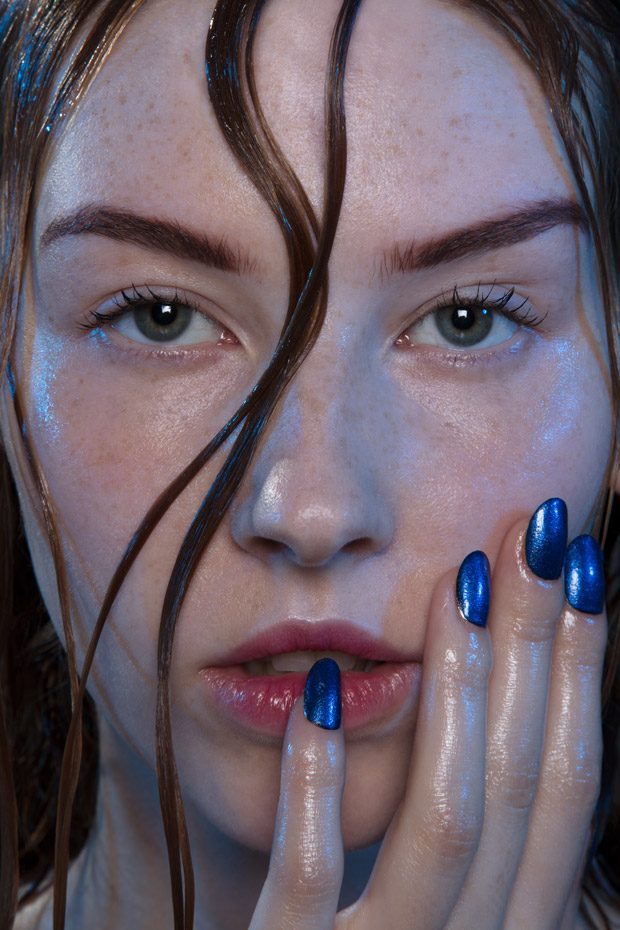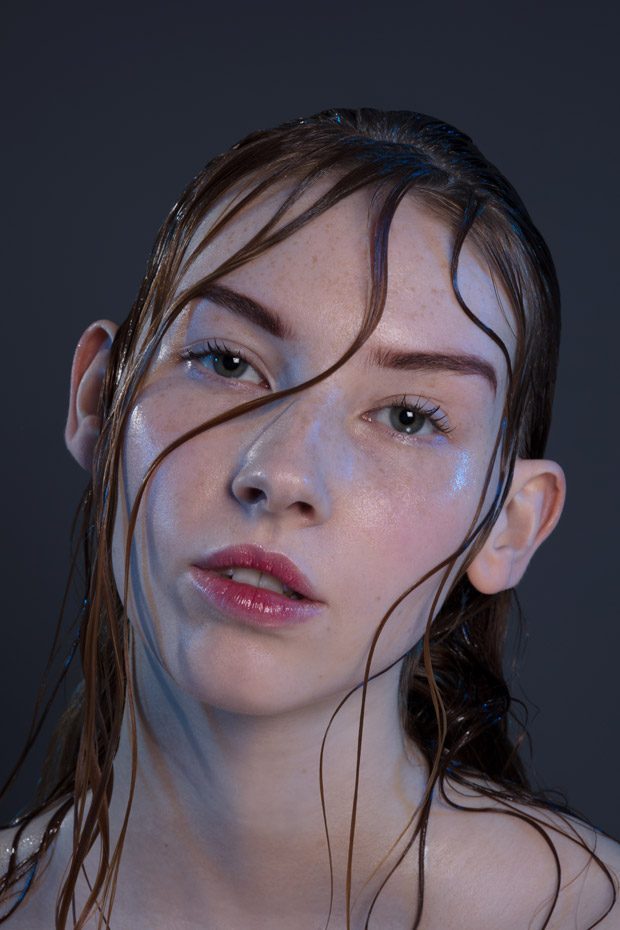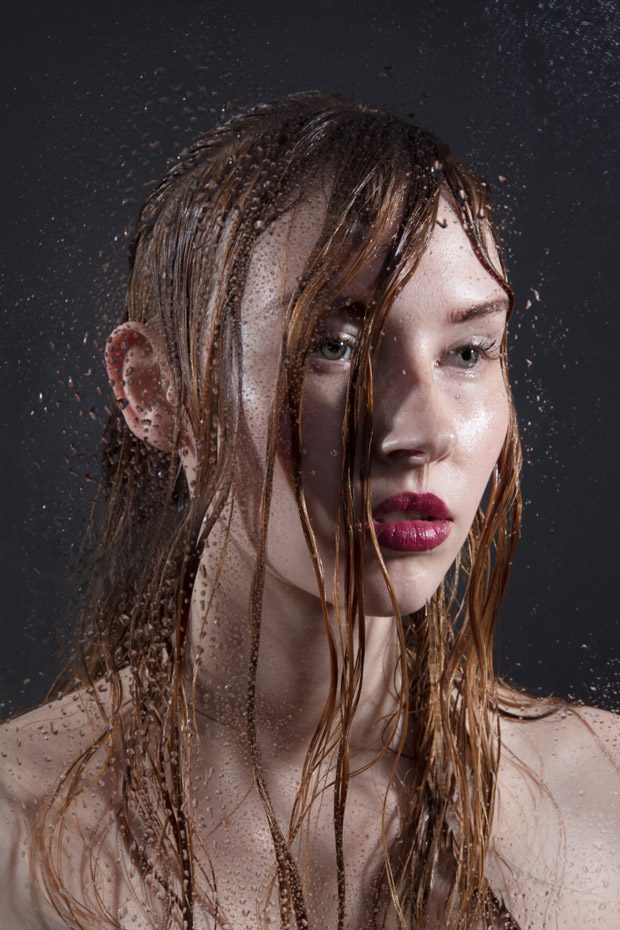
Hair can easily be damaged through excessive heat styling, bleaching, dyeing, harsh brushing, or simply neglecting to get a cut. The sad fact is that hair can go from healthy to seriously damaged within a matter of hours with one simple bleaching error or a bad reaction to the dye, and regular heat styling can quickly cause damage in a matter of months or even weeks. If your hair is dry and dull, has frizzy split ends, or your scalp is flaky and dry, these are all common symptoms of damaged hair. The good news is that it’s not too late to start repairing your hair. Although regrowth is the only way to fully heal your hair, there are several things that you can do to keep your hair in a healthier condition and encourage the process.
Regular Trims
The first thing that you should do when dealing with damage is to get as much of the damaged hair cut off as possible. If you are bold enough, you might want to consider going for a cute pixie cut, short bob, or decorative shaved style to get as rid of as much of your damaged hair as possible in one go. If you don’t feel confident for that look just yet, you can still get good results when leaving some length, as long as you care for the remaining damaged hair properly. If by chance you are experiencing problems with your hair, consider a prp for hair loss treatment, which can stop any more serious issues in the future.
Read more after the jump:

Deep Conditioning
Although you never may be able to completely reverse the damage done to your hair, using the right treatments can help to add moisture and keep your locks in a healthier and more manageable condition whilst stimulating the scalp and encouraging healthy regrowth. Leave in treatments made with gentle, organic ingredients will leave your hair feeling soft and smooth, keeping it as strong as possible throughout the recovery process. Make sure to stay patient during your hair treatments, few conditioners will take longer time to help repair your hair, a moment to catch up on a book.
Avoid Harsh Styles
During this time when you are trying to heal your damaged hair, it’s vital to stay away from as many harsh chemical styling processes as possible. Say goodbye to bleaching and dyeing your hair for a while, as this will simply cause more damage and slow the process down. If you cannot go without coloring your hair, then speak to your stylist about gentler options such as toners, ammonia-free and semi-permanent dye types. It’s also a good idea to consider gentler styling options, for example, using foam or Velcro rollers for curling instead of heat styling.

Use the Right Shampoo
Choosing the right shampoo for your damaged hair can be confusing with so many brands out there promising you great results. However, many shampoos and conditioners marketed for damaged hair contain harsh chemicals, which should be avoided. For the best results, select a sulfate-free formula that contains natural oils and herbs, which are less likely to strip your hair of its naturally protective oils. Timing your hair washing is also important – try and get used to washing your hair only twice per week to avoid stripping the hair further and causing brittleness.
Badly damaged hair doesn’t have to last forever when you take these steps to repair it.
Images by Sophie Ellen for Beauty SCENE



